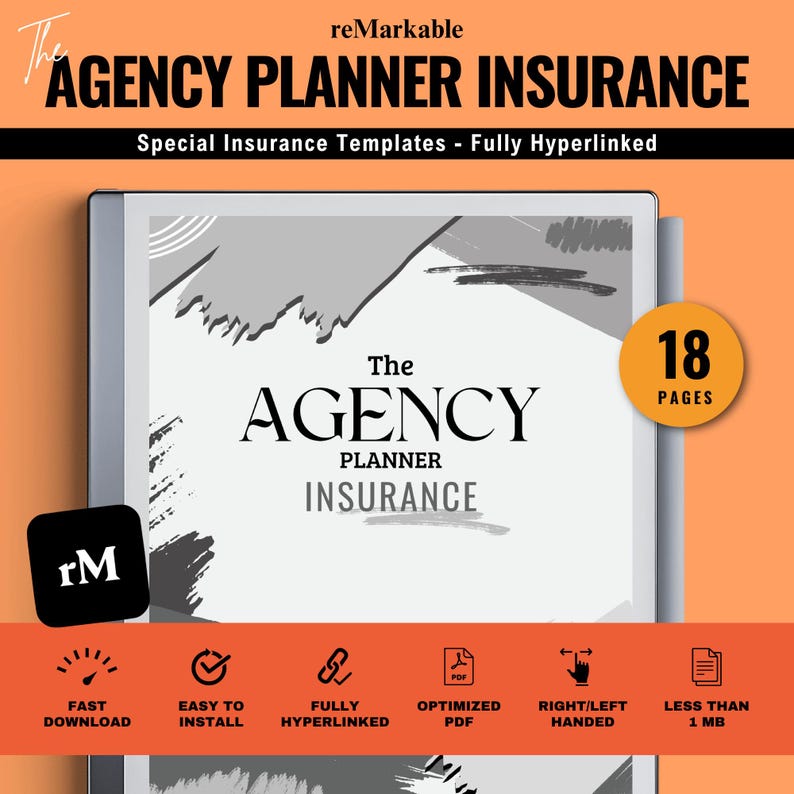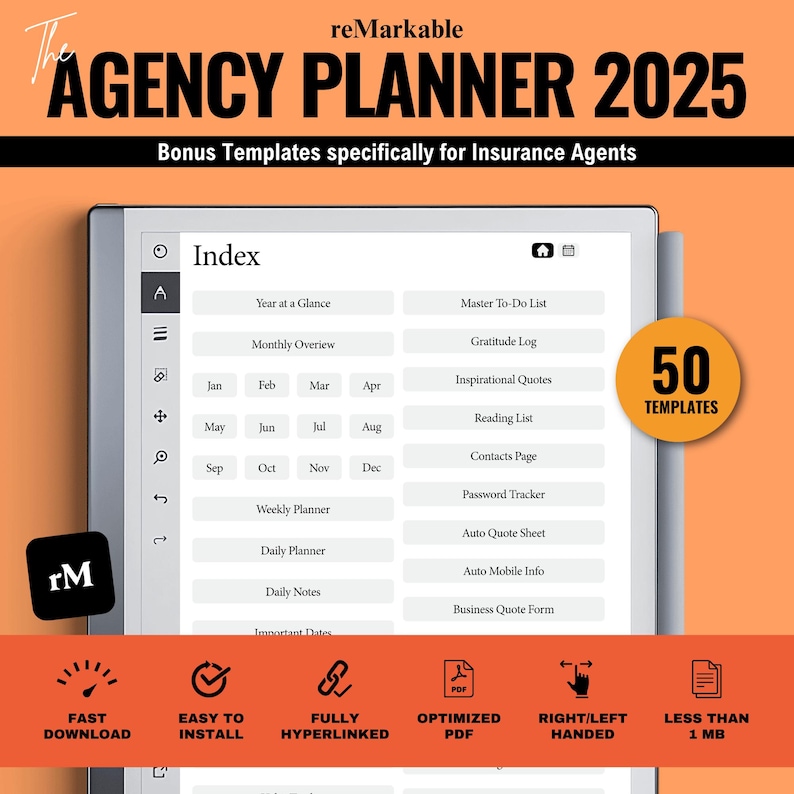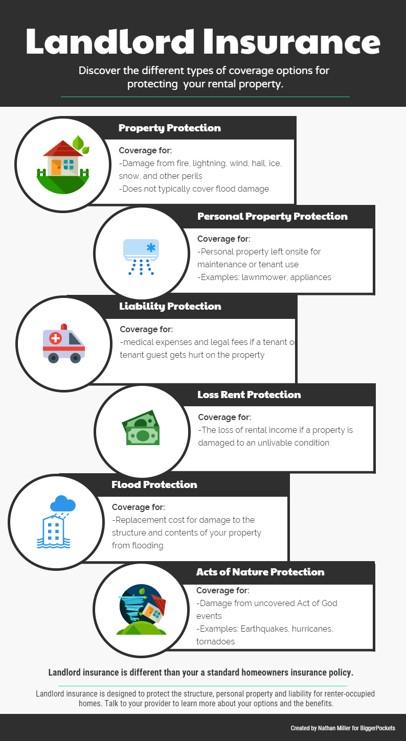Owning vacant property might seem like a low-maintenance investment, but beneath the surface lies a complex web of liability risks that every landlord must understand. Whether you’re holding land for future development, awaiting tenants, or simply seeking to protect your asset, overlooking these potential dangers can lead to costly legal headaches and unexpected financial burdens. This article dives into the critical liability risks faced by landlords of vacant properties, offering essential insights to help safeguard your investment and navigate the responsibilities that come with owning empty land. Don’t let your vacant property become a liability—get informed and stay protected.
Table of Contents
- Understanding Premises Liability and Its Impact on Vacant Properties
- Navigating Environmental Hazards and Regulatory Compliance for Landlords
- Mitigating Risks Through Regular Inspections and Security Measures
- Essential Insurance Coverage Options Every Vacant Landlord Should Consider
- To Wrap It Up
Understanding Premises Liability and Its Impact on Vacant Properties
Premises liability hinges on the legal obligation property owners have to maintain a safe environment, but vacant properties present unique challenges in this realm. Unlike occupied buildings where regular oversight can mitigate hazards, vacant properties often suffer from neglect, vandalism, and environmental damage. This neglect can lead to dangerous conditions such as exposed wiring, unstable flooring, or even illegal activities taking place on-site. Property owners may find themselves liable for injuries sustained by trespassers, contractors, or curious youths who enter these lands, even if the property is unused. Understanding these risks is crucial, as liability does not always depend on the status of occupancy but on the owner’s duty to ensure safety to the extent reasonably possible.
To guard against potential lawsuits arising from accidents or injuries, landlords must adopt proactive measures tailored for vacant properties. Key strategies include:
- Regular inspections to identify and remedy hazards promptly.
- Securing the property with fencing, locks, or alarms to deter unauthorized access.
- Posting clear signage that warns against trespassing and highlights dangerous conditions.
- Maintaining insurance coverage that explicitly protects against premises liability related to vacant land.
A clear understanding of these responsibilities not only protects landlords legally but also helps in preserving the property’s value and neighborhood safety.
Navigating Environmental Hazards and Regulatory Compliance for Landlords
Landlords overseeing vacant properties must be acutely aware of potential environmental hazards that can lurk unnoticed. From mold infestations and lead-based paint to asbestos and soil contamination, these hazards not only pose significant health risks but can also trigger costly legal actions. Proactive measures, such as routine inspections and comprehensive environmental assessments, are essential to identify and mitigate these threats before they escalate. Failure to address these concerns can result in hefty fines, remediation expenses, and severely damaged landlord reputations.
Beyond identifying environmental risks, strict adherence to regulatory requirements is non-negotiable for landlords. This includes compliance with local building codes, state environmental laws, and federal regulations like the EPA’s guidelines on hazardous materials. Key actions to implement include:
- Regular environmental risk audits conducted by certified professionals
- Timely disclosure of any known hazards to prospective tenants or buyers
- Proper documentation of all inspection results and remediation efforts
Understanding and navigating these obligations ensures landlords maintain legal protection while safeguarding the environment and public health.
Mitigating Risks Through Regular Inspections and Security Measures
Vacant properties are inherently vulnerable to a range of risks, from unauthorized access and vandalism to environmental hazards that can escalate without intervention. Conducting regular inspections is essential to identify potential issues early. These proactive checks not only help detect signs of damage, trespassing, or illegal activity but also demonstrate due diligence—a critical factor in mitigating liability. Property owners should document each inspection thoroughly, noting the condition of the premises and any necessary repairs or interventions. This record-keeping can serve as crucial evidence in the event of a dispute or insurance claim.
Complementing inspections with robust security measures significantly reduces the likelihood of costly incidents. Effective strategies include:
- Installing durable fencing and gates to restrict unauthorized entry.
- Utilizing surveillance cameras and motion detectors to monitor the property around the clock.
- Enlisting security patrols during vulnerable hours or seasons.
- Posting clear warning signs to deter trespassers and notify them of surveillance.
By integrating these measures, vacant landlords can significantly diminish exposure to risks associated with unoccupied properties, safeguarding their investment and legal standing.
Essential Insurance Coverage Options Every Vacant Landlord Should Consider
Vacant properties present a unique set of challenges that require tailored insurance solutions. Traditional homeowners insurance often falls short in covering the exposures associated with unoccupied buildings. Essential policies for landlords include vacant property insurance, which specifically addresses risks like vandalism, theft, and weather damage during periods of non-occupancy. Additionally, securing general liability insurance is crucial to protect against accidents or injuries that might occur on the premises, such as unauthorized trespassers sustaining harm or damages related to neglected safety hazards.
Considering the variability in local regulations and property conditions, landlords should also explore options like loss of rental income coverage to safeguard against financial setbacks if the property remains unlet due to covered damages. Moreover, endorsements or riders can be added to broaden protection for issues like water damage from frozen pipes or mold-related claims. To build a resilient risk management plan, owners must assess their property’s specific vulnerabilities and work closely with specialized insurance agents to acquire a comprehensive package tailored to vacant real estate.
To Wrap It Up
Understanding the liability risks associated with vacant properties is not just a precaution—it’s a necessity for every landlord. From potential injuries on the premises to unlawful activities that can occur unnoticed, these risks carry serious financial and legal consequences. Being proactive by securing your property, maintaining regular inspections, and having comprehensive insurance coverage can make all the difference. Remember, the goal isn’t just to protect your investment, but also to uphold your responsibilities as a landlord. Stay informed, stay vigilant, and take the necessary steps today to mitigate the risks before they turn into costly problems tomorrow.






